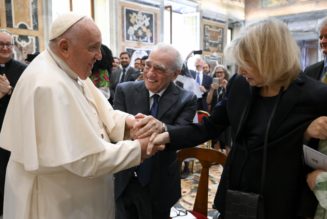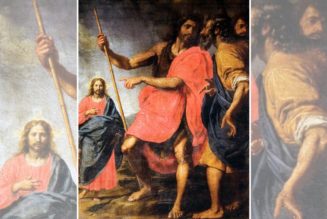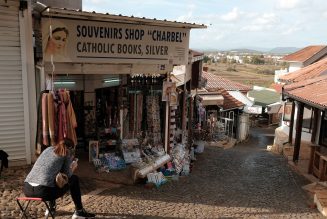“We recommend continuing to engage with TJC on implementing these solutions and addressing this deficiency citation in a way that mitigates fire risks while still ensuring you can maintain this feature of your chapel.”
A CMS spokesperson told CNA on Friday that “CMS met with the hospital and accreditation organization, and issued a waiver to allow the hospital to mitigate the potential fire risk and correct the safety finding. The hospital will work with the accrediting organization on next steps.”
During a Feb. 21 inspection, Windham’s letter to CMS recounted, a surveyor from The Joint Commission at Saint Francis Hospital South in Tulsa “expressly asked to go to the chapel to see if there was a living flame.” The surveyor observed to hospital personnel that “other Catholic hospitals had complied and extinguished the living flame at their chapels, substituting it with an electric light.”
The surveyor rated the enclosed flame as a “moderate” threat and cited the hospital for violating the CMS Life Safety Code Requirements. While federal standards do classify chapel candles as “flame-producing equipment,” these are only barred within one foot of a nasal cannula, a device to provide supplemental oxygen. The hospital candle is never near such a device. The relevant codes and standards of the National Fire Protection Association expressly permit sanctuary candles.
The chapel’s candle has never been an issue in previous inspections. Other open flames are permitted at hospitals in kitchen stoves and ovens, gas dryers in the laundry room, flames in gas water heaters, and welding for construction purposes, Windham noted.
According to Windham, the hospital candle is “encased in a thick glass globe, which is itself encased in a second glass globe, covered by a bronze top that fits over the second globe.” This globe rests in a bronze holder affixed to the chapel wall. There are fire extinguishing sprinkler heads around the candle and the local fire marshal has long approved it.
Catholic canon law and liturgical rules require the candles. The General Instruction on the Roman Missal, approved by the U.S. bishops and the Vatican, says: “In accordance with traditional custom, near the tabernacle a special lamp, fueled by oil or wax, should shine permanently to indicate the presence of Christ and honor it.”
This article has been updated.








